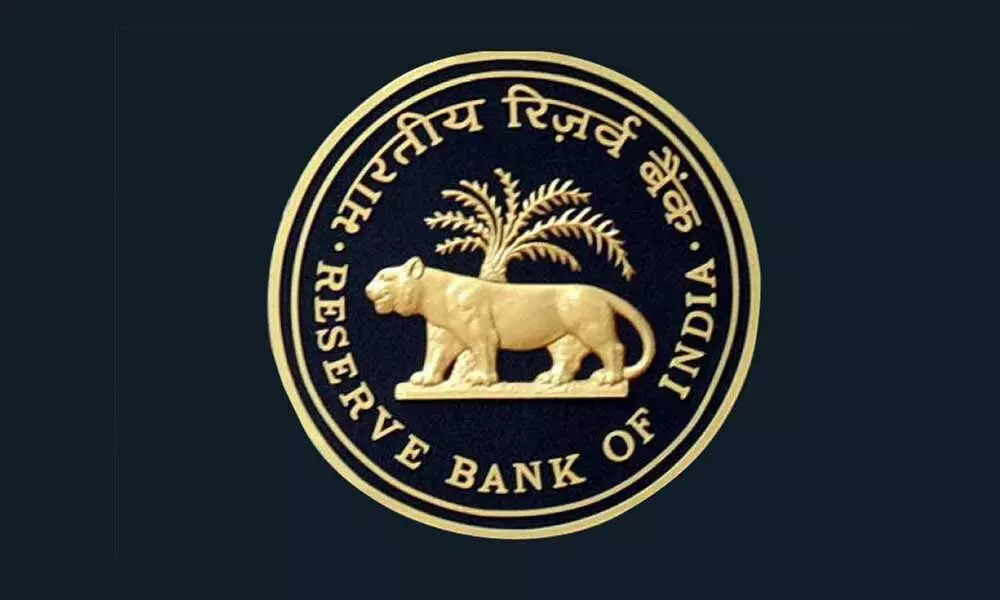Challenges apart, RBI sees silver lining in the cloud
image for illustrative purpose

The RBI's annual report, which was released on last Thursday, unfolds a bunch of mysteries relating to the Indian economy and provides a futuristic outlook on how will the staggered economy come in the near future? However, RBI is optimistic on country's economic growth post-second wave of Covid-19 as it has given direction on growth projections.
The first and foremost revelation is related to the country's GDP growth, particularly in the wake of second wave of Covid-19. The apex bank is optimistic when it says that a durable revival of private consumption and investment would be critical for sustaining economic growth post-pandemic. So, the central bank has rightly observed that in the midst of the second wave as 2021-22 commences, pervasive despair is being lifted by cautious optimist built up by vaccination drives. At the same time, it points out that the second wave may lead to revision of growth projections for the current fiscal. The clear picture will be out when the latest GDP numbers are out on Monday.
In a separate note on what would drive growth recovery after the crisis, RBI said that for a self-sustaining GDP growth trajectory post-Covid-19, a durable revival in private consumption and investment demand together would be critical as they account for around 85 per cent of GDP. Analysts opine that the macro-economic costs of this wave can be limited to 1QFY22 with possible spillovers into July. Clarity on the subject will be visible when RBI reviews its annual monetary policy on June 4.
Secondly, there were lot of confusion among the analysts on the formula applied by the central bank to arrive at much more than the budgeted figure on surplus reserve. The report explains well how RBI's finances, including its surplus reserve Rs99,122 crore, which has been transferred to the government as the rebasing of the balance sheet to Apr-Mar meant that RBI's accounts were finalised for only nine months. Income for the nine months was undoubtedly less. But the expenditure contracted sharply due to significant reduction provision towards Contingency Fund (CF), leading to a higher available surplus. The CF provision was required as the available realised equity on March 2021 base had fallen to five per cent of the total assets. Thus, as per recommendations of the Jalan Committee, the above provision was made to keep it at a level of 5.39 per cent, same as on the previous valuation date.
Coming on inflation, the report says that looking ahead, the evolving CPI inflation trajectory is likely to be subjected to both upside and downside pressures. The food inflation path will critically depend on the temporal and spatial progress of the south-west monsoon in 2021. Second, as per an analyst's report, some respite from the incidence of domestic taxes on petroleum products through coordinated action by the centre and states could provide relief, although international crude oil prices continue to be volatile.

